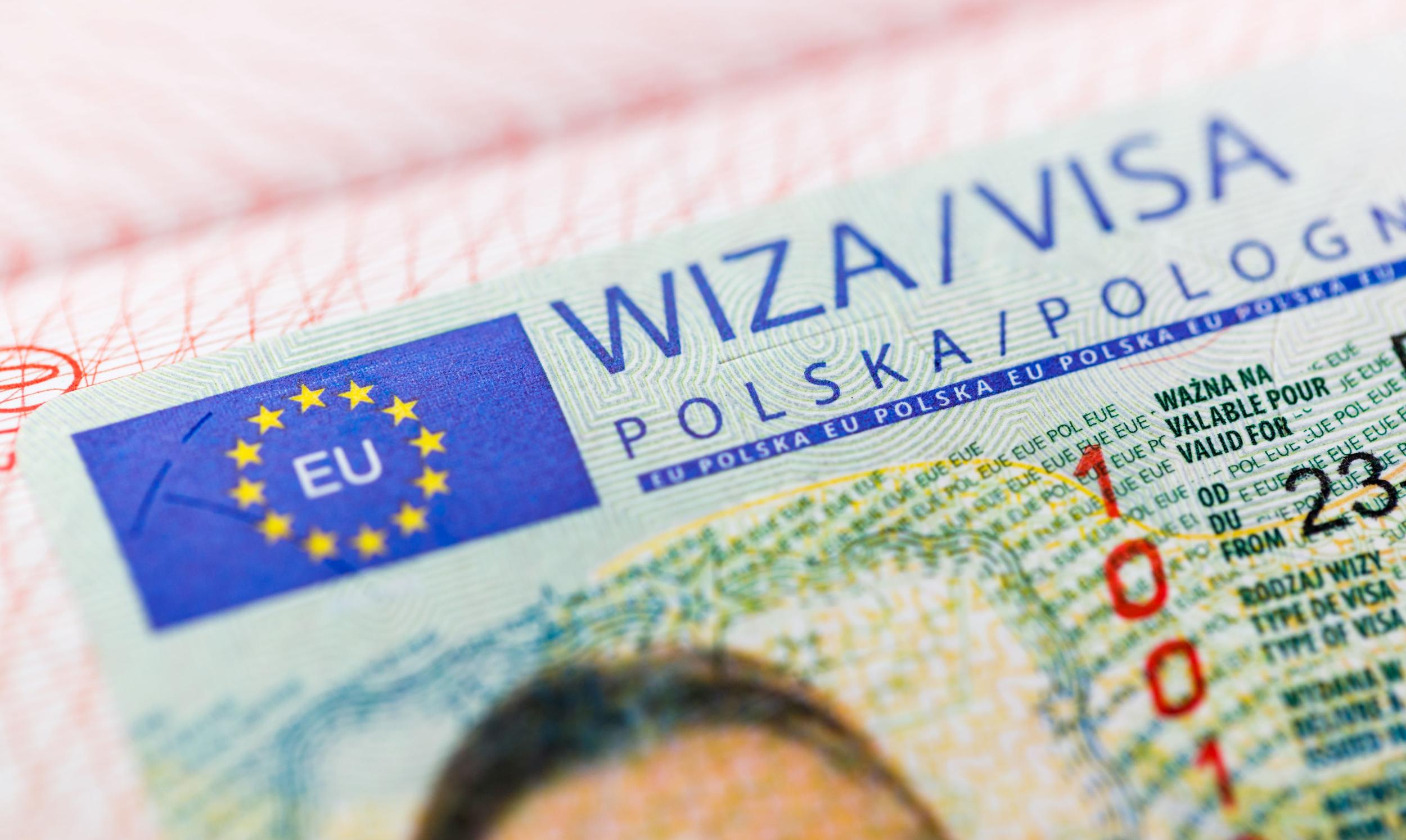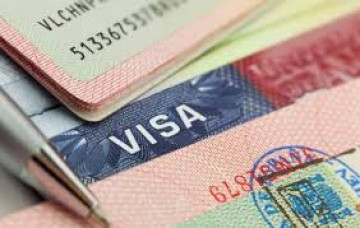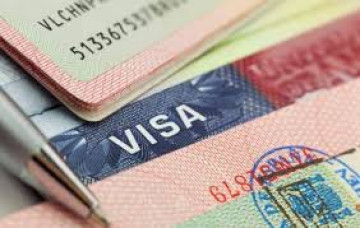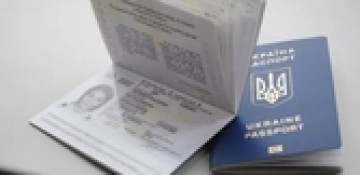What has changed since June 1, 2025
The main change was the entry into force of new regulations governing the procedure for issuing a work visa to Poland. The primary goal of these changes, according to the legislator, is to strengthen control over the large influx of foreigners arriving in Poland to take up employment, as well as to create a uniform procedure for issuing such visas. In practice, however, this means numerous difficulties for both employers and employees. As a result, many candidates now have to wait significantly longer to obtain the necessary documents enabling legal employment.
Question
What types of work visas are currently restricted?
Answer
Most changes concern the type D work visa, issued for the purpose of taking up employment. The possibility of obtaining them has been limited for individuals planning short-term work, as well as for certain sectors considered overloaded with foreign workers. Additionally, restrictions have been introduced regarding the validity period of passports and visas – a maximum of 1 year with limited possibility of extension. These restrictions also apply to certain types of seasonal work, where documents will be reviewed much more strictly.
Employers’ obligations: new formal requirements
Currently, employers face additional obligations, and in order to hire a foreigner, they must provide:
- complete documentation confirming the actual need for an employee;
- evidence of recruitment conducted among Polish and EU citizens;
- guarantees of financial security for the employee in case of job loss.
The new regulations also provide for stricter sanctions for employers who do not comply with these formalities – ranging from high administrative fines to restrictions on the ability to employ foreigners in the future.
New procedure: mandatory electronic applications and registration
From now on, all applications for a work visa in Poland must be submitted exclusively in electronic form. The new state platform is intended to fully provide registration of applications, monitoring of case status, and communication with consular offices. In theory, this should simplify the process, but it may overload the system due to insufficient technical support for applicants themselves. The introduction of an electronic platform for submitting applications for a work visa to Poland is a step towards the digitization of migration procedures, but it raises a number of practical questions:
- On one hand, a centralized electronic application system allows for transparent tracking of the application status, avoidance of “live queues,” and reduction of corruption risk. On the other hand, the risk of service failure, lack of technical support, and difficulties in handling the system for less experienced applicants may even hinder access to legal employment. The effectiveness of the new procedure will depend on how stably the system itself operates and whether users receive real assistance at the stage of registration and document submission.
- Another significant complication is the refusal to recognize Polish work visas issued by other Schengen countries as a basis for employment in Poland. This means that a foreigner holding, for example, a valid German or Czech visa will not be able to legally work in Poland without obtaining an additional Polish work visa. This step aims to strengthen control over the labor market, but at the same time may deter many specialists and seasonal workers.
- Additionally, it is worth noting that the new regulations will have certain social and economic consequences. For foreign employees, the procedure for obtaining a Polish work visa may become more expensive and significantly longer, and costs will increase not only due to state fees but also due to the need to prepare additional documents, notarized translations, or legal services. In most cases, foreigners will be forced to turn to various intermediary agencies, which may lead to abuse and fraud.
- Such difficulties for employers will reduce labor flexibility, and many Polish companies, especially in the construction, agriculture, and logistics sectors, may face a workforce shortage. This situation will prompt some enterprises to seek unofficial ways of employment, which will lead to the emergence of a gray labor market. Competition for jobs among foreigners will also increase. The new restrictions will require them to prepare more thoroughly and prove their professional qualifications, but at the same time will complicate the situation for unskilled workers for whom Poland was the most attractive destination for labor migration.
Experts already predict that:
the introduction of these rules may affect the demographic situation, because Poland, like most EU countries,
is struggling with a shortage of labor,
instead of stimulating the influx of workers, new barriers may reduce the overall number of people willing to work legally.
This, in turn, will undermine the Polish economy’s ability to maintain a high pace of market development. On the other hand, the government argues that stricter regulations will provide better market regulation, as well as protection of the rights of foreigners residing in Poland. It is anticipated that in the long term, this will reduce illegal migration and strengthen control over financial flows related to employing foreigners.
Overall, the introduced changes can be characterized as a double challenge: for foreign employees, they mean greater bureaucratic pressure and financial costs, and for Polish employers – more difficult access to labor. Whether this will lead to the desired result of a more transparent and controlled labor market – only time and practice will show, but one thing is clear today: June 2025 has become a milestone in the history of labor migration regulations to Poland. The new regulations therefore create a number of barriers to foreigners’ access to the Polish labor market. On one hand, they are intended to ensure better control of labor migration, and on the other hand, they significantly complicate the process for both employees and employers.
































